Description
Hopefully you are not sick of seeing Yellow Tiger Tail Sea Horses yet, because there are going to me more pictures of them coming from me in the future, that is actually a symptom of doing photography work in Phuket where Tiger Tails are the most common if not the only type of Sea Horse we find.
If you are looking for Tiger Tail Sea Horses on your dives or as a guide for photos, here are some tips to help you find them in Phuket and Thailand waters.
1. Look closely and on both sides of Gorgonian Sea Fans
Sounds like a no brainer right, well we are not dive instructors cause we are smart, so my advice when passing large Gorgonians is to check both sides of them for a Horsey squatter. Here is an example shot of why you should look on both sides.
It’s easy to look at one side in the current and completely ignore the other side due to current or other concerns.
2. Check closely in clumps of Bicolor Gorgonian Coral
Here is a picture of Bicolor Gorgonian coral so you know what it looks like, we find it here in Phuket on many of our dive sites and it is a popular home for Tiger Tails, going out on a limb here and saying it’s a camo thing.
Tigertail Sea Horse seem to love this type of coral and I regularly find them hiding in it and they really do hide in it, so you need to look closely. What usually gives them away is shining a light into the coral and watching for any kind of movement as they shy from the light.
3. Always Look Around and Inside Large Black Corals
This is Black Coral and again, Sea Horses seem to like it.
I know the coral is not black, but whatever because that is the scientific name of this type of coral. Honestly I always used to call it Angel Hair Coral, don’t ask me why.
Sea Horses, especially our Tigers, like to hang around it, in cracks, crevices and anywhere else they can hide. It potentially gives them the option to hide from predators and also display themselves to potential mates, so don’t just swim by large Black Corals, look inside and around them!
4. Don’t Expect Them To Be In The Same Spot
This one always gets me, you go to the same sea fan or coral they were in the day before and the little bastard is not there. You shrug, go oh well, and swim off to find something easy like a Nudibranch, all the while the Tiger Tail was watching you from it’s new position about 1 meter from where you were looking!
Sea Horses move around, especially if divers annoy them with lights or bubbles. If they are in a specific bit of coral and they keep getting visited by strobes and powerful dive lights they will almost certainly relocate.
Thankfully they don’t go very far much of the time. Experience has taught me that if he was there a few days ago and I can’t find him now, just expand my search a meter or two around where I last saw him, checking cracks and other corals of the same type which has helped me find them again.
Like I said, they don’t move to far, the are there to get laid basically and are not going anywhere till that happens!
5. Don’t Expect Them To Be Yellow
This hint caught me out a few times in the early days, I’d swim up to a yellow sea fan where someone had told me a Sea Horse was and or course not find it, you can sometimes assume it’s bad intel from people who couldn’t describe a white paper cup with any certainty but sometimes it’s because they change color!
I’ve seen black, white, grey and basically orange Tiger Tails in addition to the common Yellow. They potentially have the ability to take on different colors at different times. Black and yellow also sometimes hang out together in the exact same fan or area, which is also odd, but hey who’s judging.
So don’t just expect yellow horses, expand your mind a little and remember they can blend in to white, black and other colors of the reef for better camouflage.
Hopefully these simple tips will help you find some more Sea horse on your dives, if not, open your eyes, or just go diving more!
Enjoy :)

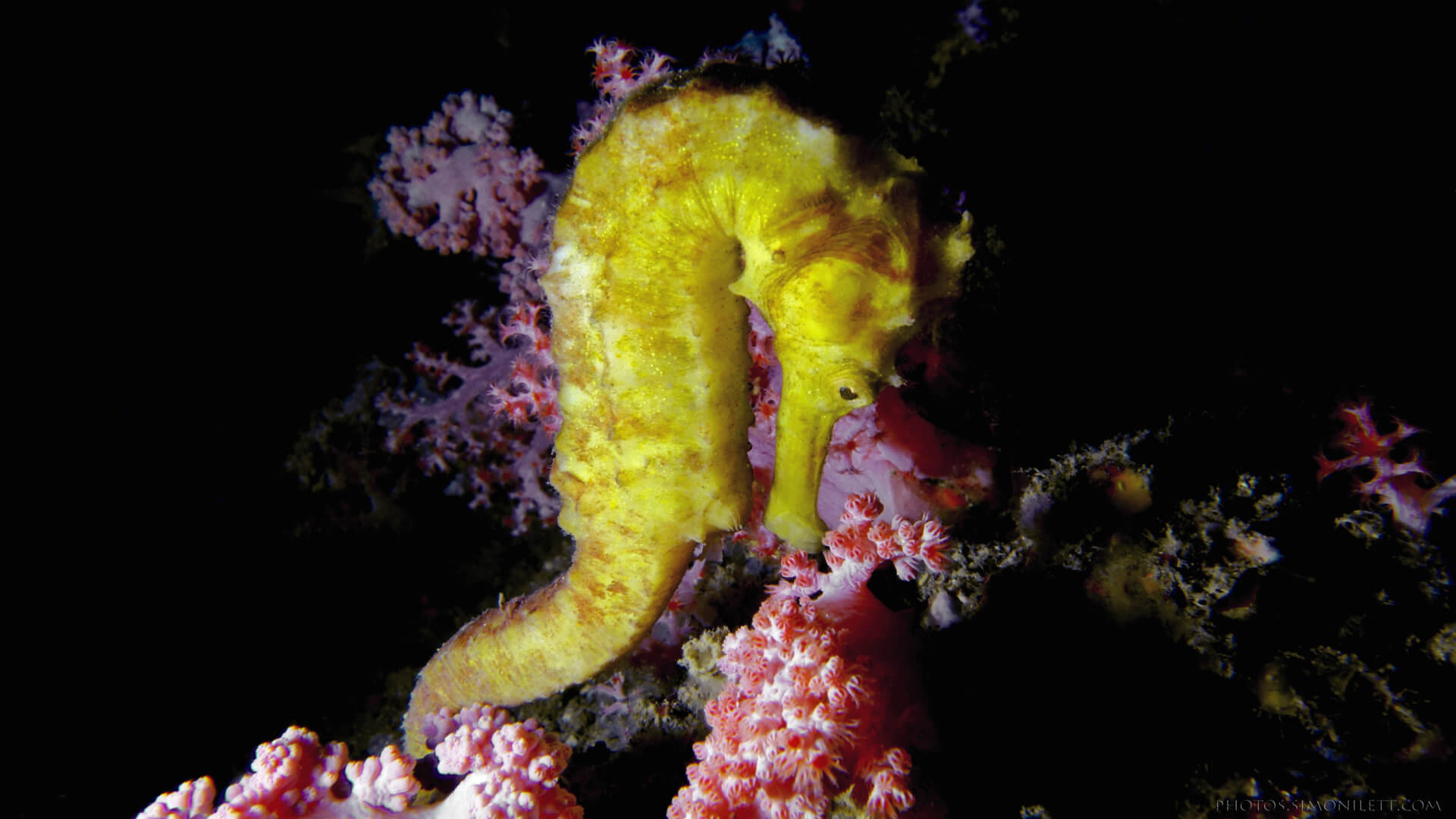
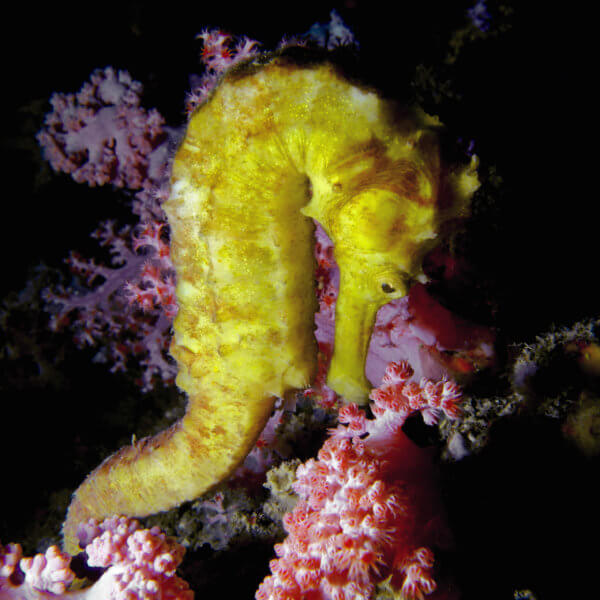
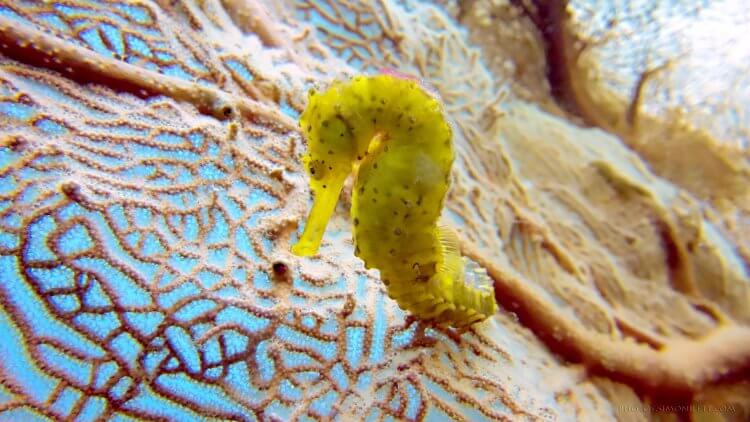
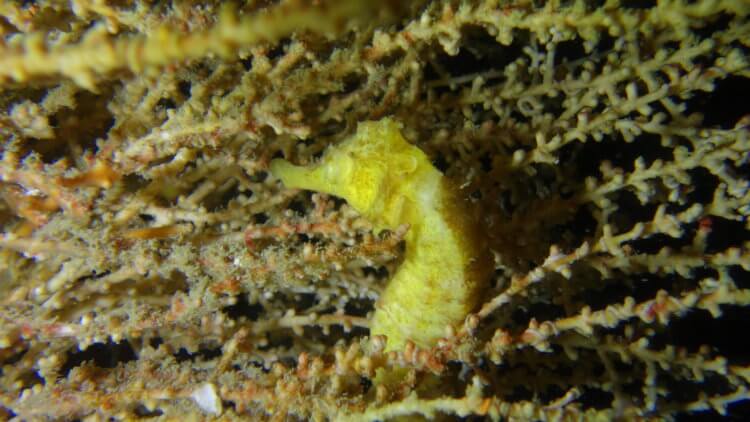
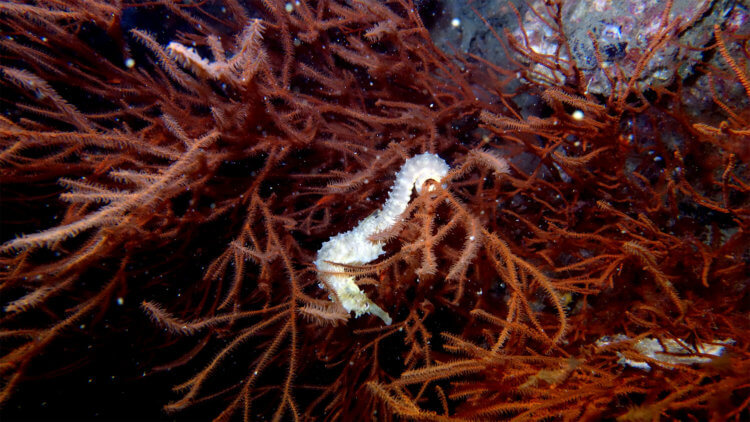
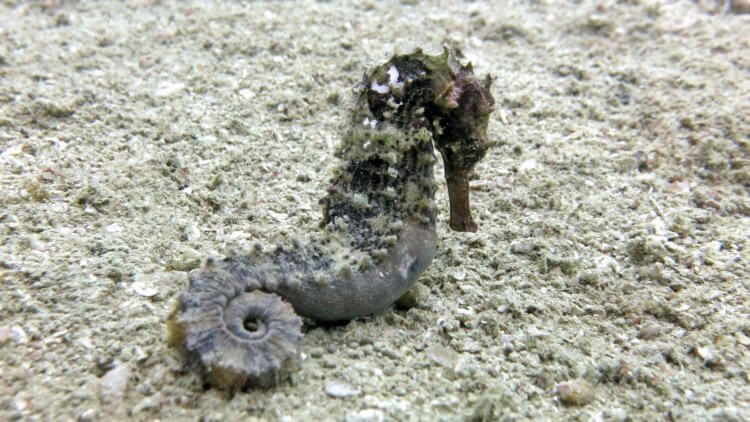
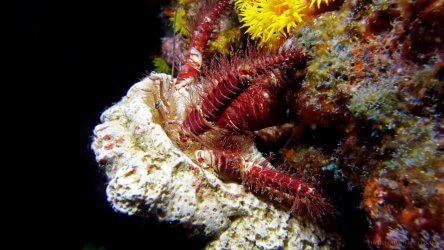
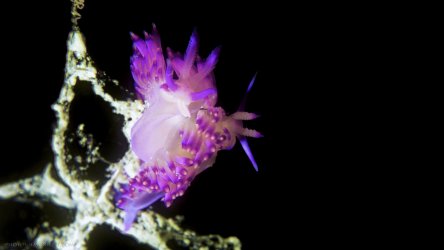
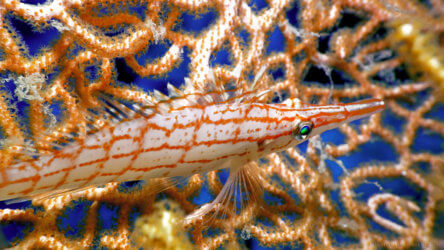
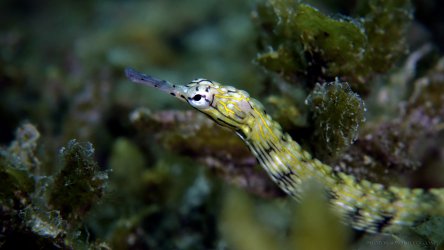
Reviews
There are no reviews yet.